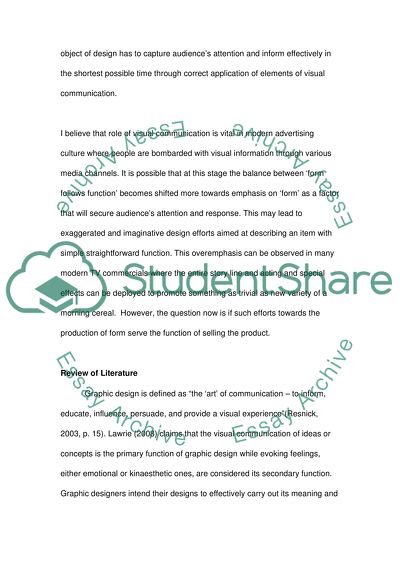Cite this document
(“Visual Communication in Advertising and How It Meets Form Follow Essay”, n.d.)
Visual Communication in Advertising and How It Meets Form Follow Essay. Retrieved from https://studentshare.org/visual-arts-film-studies/1454632-visual-communication-in-advertising-and-how-does
Visual Communication in Advertising and How It Meets Form Follow Essay. Retrieved from https://studentshare.org/visual-arts-film-studies/1454632-visual-communication-in-advertising-and-how-does
(Visual Communication in Advertising and How It Meets Form Follow Essay)
Visual Communication in Advertising and How It Meets Form Follow Essay. https://studentshare.org/visual-arts-film-studies/1454632-visual-communication-in-advertising-and-how-does.
Visual Communication in Advertising and How It Meets Form Follow Essay. https://studentshare.org/visual-arts-film-studies/1454632-visual-communication-in-advertising-and-how-does.
“Visual Communication in Advertising and How It Meets Form Follow Essay”, n.d. https://studentshare.org/visual-arts-film-studies/1454632-visual-communication-in-advertising-and-how-does.


